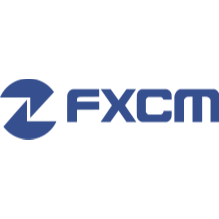Points
1. A 1% change in the face value of a bond or a debenture.
2. In futures contracts, a price change of one one-hundredth, or 1% of one cent.
3. A $1 price change in the value of common stock.
4. In real estate mortgages, the initial fee charged by the lender, with each point being equal to 1% of the amount of the loan. It can also refer to each percentage difference between a mortgage's interest rate and the prime interest rate.
|||1. It is common to hear changes in bond prices stated in points. For example, if a bond with a face value of $1,000 increases in price by $20, it is said to have risen two points (2%).
2. For futures traded in decimal form, the price of a contract can change in increments of one point. This means that if a futures contract decreased in price by 50 points, it would have dropped $0.50.
3. If a stock is up two points, then it really means that the stock is up $2. Don't confuse points with percentages when talking about stocks. If a $5 stock rises by $2, it has risen two points. Similarly, if a $50 stock rises by $2, it has also risen two points, although the two-point increase is a much greater percentage change for the $5 stock than for the $50 stock.
4. A loan may be quoted as prime plus two points. This means that your loan interest rate is 2% higher than the prime rate of lending. If the prime rate was 5%, your mortgage rate would be 7%. If your bank also charged an up-front fee for the loan, it could express that fee in points. If your loan was $100,000 and your bank charged a $3,000 fee, the fee could be stated as three points.
熱門資訊更多
受英國央行政策決定影響,英鎊/美元下跌
05/08 18:11
福匯FXCM
在美聯儲與歐洲央行政策長期分化的風險下,歐元/美元小幅下跌
05/08 18:08
福匯FXCM
日本央行行長植田和男:日元匯率單邊快速下跌不利於日本經濟
05/08 17:40
福匯FXCM
今日銀價:FXStreet數據顯示白銀下跌
05/08 17:38
福匯FXCM
瑞波幣擴大損失,跌至0.51美元,SEC修訂版文件公开
05/08 17:23
福匯FXCM
美元指數 (ICE) 當日內: 進一步上漲。
05/08 17:08
KVB昆侖國際






